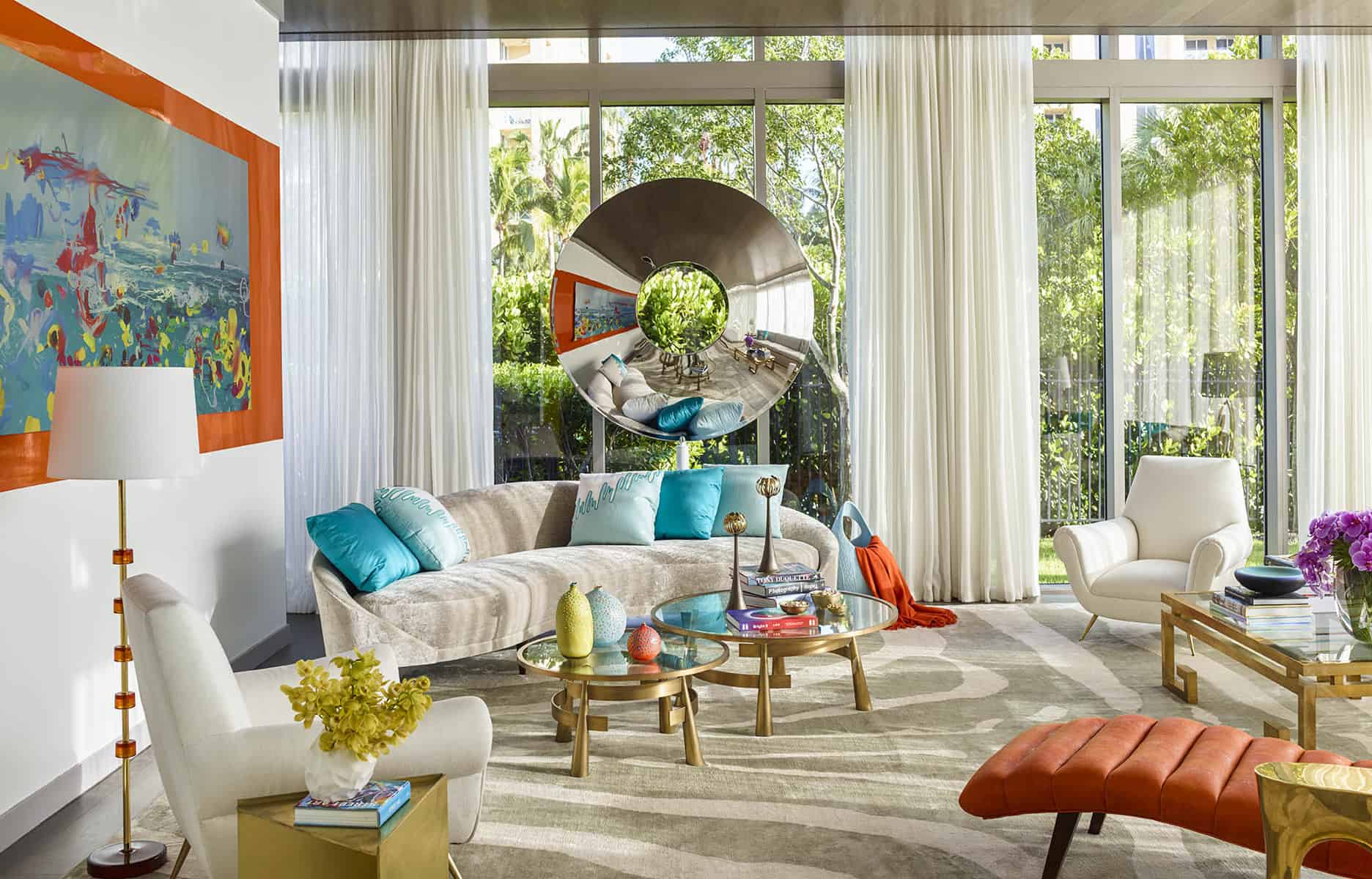Ever walked into a room and felt instantly at ease, inspired, or intrigued? Often, the secret behind such spaces lies in the thoughtful placement of art. Home aesthetics play a crucial role in shaping our daily experiences, and art can be a powerful tool in transforming ordinary spaces into extraordinary ones.
This blog post will explore how strategic art placement can drastically improve the look and vibe of your home. Whether you’re a seasoned art enthusiast or a newcomer looking to spruce up your living space, you’ll find valuable insights and practical tips to elevate your decor game. Take a break from looking into Haines services, and let’s jump in.


Placing art isn’t just about filling empty walls; it’s about creating harmony within a space. Consider the size and layout of the room, the natural light it receives, and how the furniture is arranged. Larger pieces can dominate a room and serve as focal points, while smaller works might get lost if not thoughtfully placed. For example, a grand painting above a sofa can anchor the room, while a series of smaller frames can create a cohesive gallery wall.
Natural light can enhance the colors and details of your artwork, but too much light can cause fading. Position art in a way that allows for both appreciation and preservation. Track lighting or picture lights can highlight your pieces without damaging them. The interplay of light and shadow can bring a dynamic quality to your art, making it more engaging.
Different rooms call for different art styles and placements. In the living room, opt for pieces that spark conversation and reflect your style. Bedrooms benefit from calming, serene artworks that promote relaxation. In the kitchen, playful and vibrant pieces can add a splash of personality. Consider the function of the room and choose art that enhances its purpose.
Your home is an extension of yourself, and your art should reflect that. Incorporate pieces that resonate with you personally, whether they’re family portraits, travel photos, or works by favorite artists. This not only adds a unique touch but also makes your space feel more intimate and welcoming.
Creating your own art can be a fulfilling and cost-effective way to personalize your home. Simple projects like abstract paintings, photo collages, or even framed fabric can add a unique charm. DIY art allows you to experiment with colors and textures that complement your decor while adding a personal story to your space.
Even commercially bought art can be personalized. Consider enhancing store-bought pieces with custom framing or by adding elements that tie them into your overall decor theme. For instance, you could pair a mass-produced print with a handmade frame or surround it with complementary smaller artworks to create a cohesive look.
Art has a profound impact on the mood and energy of a space. Bold, vibrant colors can invigorate a room, while soft, muted tones can create a calming atmosphere. Abstract art can inspire creativity, whereas landscapes might evoke a sense of tranquility. Choose pieces that align with the emotional tone you want to set in each room.
Consider a living room initially characterized by neutral tones and minimal decoration. Adding a large, colorful abstract painting can immediately energize the space, making it a focal point and sparking conversation. Similarly, a bedroom with a serene landscape painting above the bed can transform it into a peaceful retreat, enhancing relaxation and sleep quality.
The right art can uplift your spirits and make you feel more connected to your space. Vibrant colors and dynamic compositions can boost energy and creativity, while soothing hues and harmonious designs can promote relaxation and well-being. Experiment with different styles to see how they affect your mood and the overall ambiance of your home.
Taking care of your art ensures its longevity and continued enjoyment. Keep pieces away from direct sunlight to prevent fading and clean them regularly to remove dust and dirt. Use proper hanging hardware to securely display heavier pieces and consider rotating your collection to give each piece its time to shine while preserving them from wear.
Starting or expanding your art collection doesn’t have to be expensive. Look for local artists, attend art fairs, and explore online marketplaces for affordable options. Prints and reproductions can also provide high-quality art at a fraction of the cost of originals. Additionally, consider framing posters or photos to elevate their appearance and integrate them seamlessly into your decor.
How you store and display your art can impact its longevity. Use acid-free materials for framing to prevent damage and store unframed pieces in a cool, dry place. When displaying, ensure pieces are securely mounted and use level tools to maintain a professional look. Proper care and thoughtful presentation will keep your art in pristine condition for years to come.
Art placement is an art in itself, capable of transforming your home into a vibrant, emotionally engaging space. By understanding the dynamics of your living areas, choosing pieces that reflect your personal taste, and considering practical aspects like maintenance and budget, you can create a home that not only looks beautiful but also feels uniquely yours. We encourage you to experiment with art placement and share your experiences with us. And if you need professional guidance, our team of experts is always here to help you curate and display art that brings out the best in your home.
This website uses cookies.